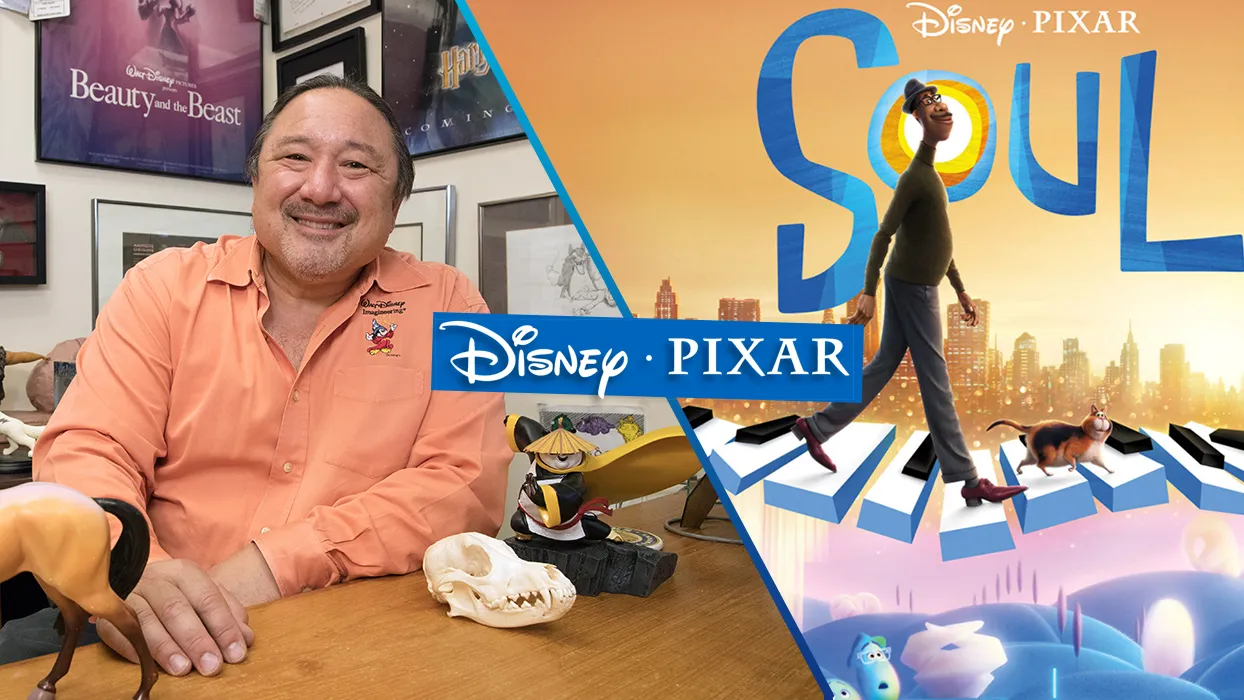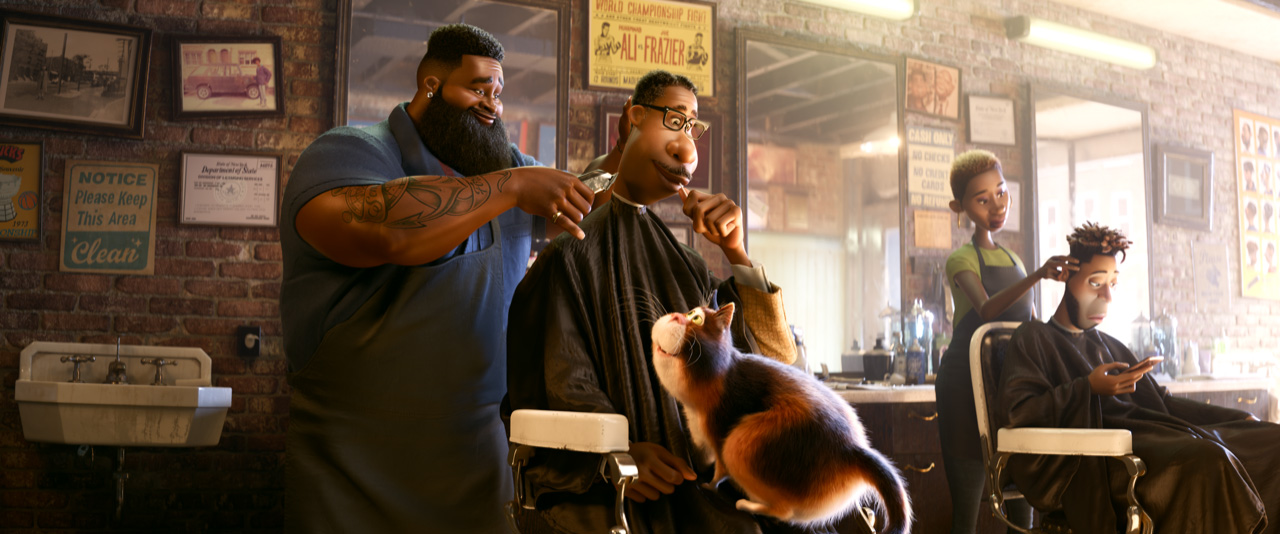Joe Gutierrez | CSUSB Office of Strategic Communication | (951) 236-4522 | joeg@csusb.edu

Pixar’s newest movie, “Soul,” is lighting up screens and televisions, winning praise for an entertaining and creative animated film that addresses big ideas through the exploits of a jazz musician.
One area of praise for “Soul” is the work of the film’s animators for their realistic depiction of its characters. To help in their efforts, Cal State San Bernardino biology professor Stuart Sumida was enlisted for his expertise in animal and human anatomy to ensure an accurate representation of a cat named Mr. Mittens.
“I was invited by the animation supervisors at Pixar to help to infuse believable types of movement and behaviors into the character of Mr. Mittens,” Sumida said. “Although Mr. Mittens is a stylized animated character, the way he moves, walks and runs, and behaves as a cat are all inspired by real-life feline biology.”
The goal was to make Mr. Mittens act and move so much like a cat that viewers of the film would accept him as an integral part of the story and universe that was shown in “Soul,” said Sumida, who added that he didn’t hesitate when approached by Pixar.
“First, cats are an important and standard animal in comparative studies from the undergraduate to the veterinary level,” Sumida said. “Second, in CSUSB’s Department of Biology and College of Natural Sciences, we have continued to study actual animals responsibly – including cats – in our course laboratories. So, in fact, CSUSB’s determination to give students in animal and human biology courses real-life laboratory experiences is one of the reasons why I had this great opportunity with Pixar.”

It’s not the first time Sumida, who joined CSUSB in 1991, has been approached by the animation studio. Pixar has tapped Sumida’s teaching and research expertise for other projects as well: dinosaurs in “Good Dinosaur,” rodents in “Ratatouille,” and bears in “Brave.”
Sumida’s work with filmmakers is not limited to Pixar. He has consulted on more than 70 films, television shows and video games since joining CSUSB.
Most recently, he has been a consultant on the Netflix television series “Camp Cretaceous” (a Jurassic World spinoff). He did in-person work with FrameStore Visual Effects (Montreal/London) for the first season of “His Dark Materials” for HBO/BBC, and online work speaking to characters in the upcoming “Suicide Squad” film. Sumida worked with DreamWorks Animation as it closed in on finishing up work on the sequel to “Spirit Stallion of the Cimarron.”
He has served as a consultant to animators to video games such as Horizon Zero Dawn. He has also lent his anatomical and paleontological expertise to “Life of Pi,” academy-award winning “Zootopia,” “Jurassic World Fallen Kingdom” and DreamWorks’ “Abominable.” Sumida has also served as an anatomical and biomechanical consultant for a large, yeti-like audio-animatronics creature for the Expedition Everest thrill ride attraction at Walt Disney World in Florida.
Sumida lectures on a number of subjects that include human anatomy and physiology, evolution and topics in zoology. He is the author of three books and more than 70 journal articles – many with students, introducing them to the process of research and publication in refereed journals.
He is just as comfortable outside the classroom or lecture hall, be it in paleontology digs in Europe and the United States or reconstructing fossilized dinosaur skeletons. Sumida is recognized internationally for his research on biological transformations that took place as back-boned animals adapted to life on land and as co-discoverer of the earliest bipedal animal to ever run on two legs, predating dinosaurian bipeds by over 60 million years.